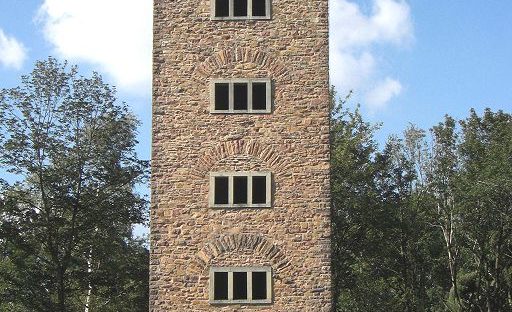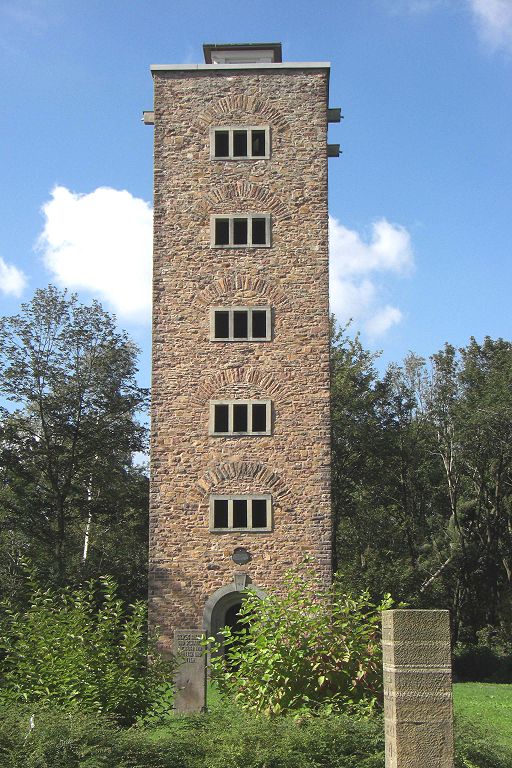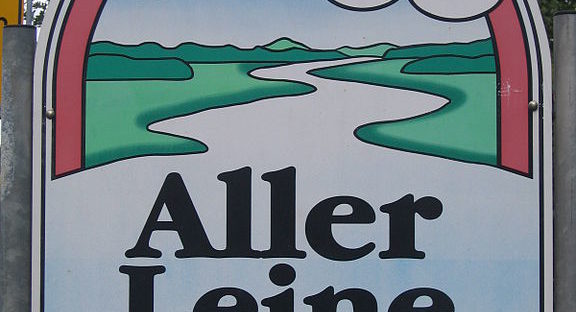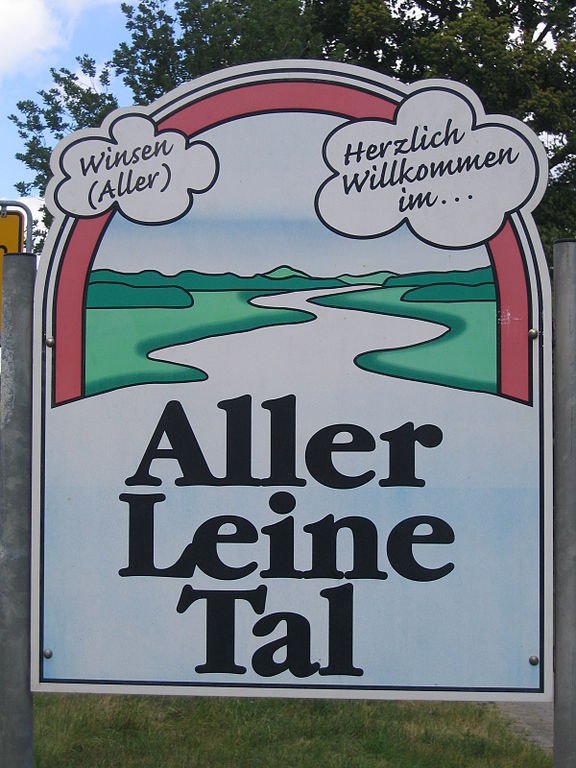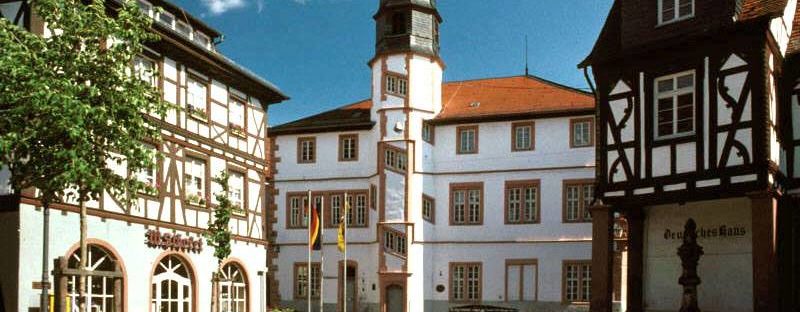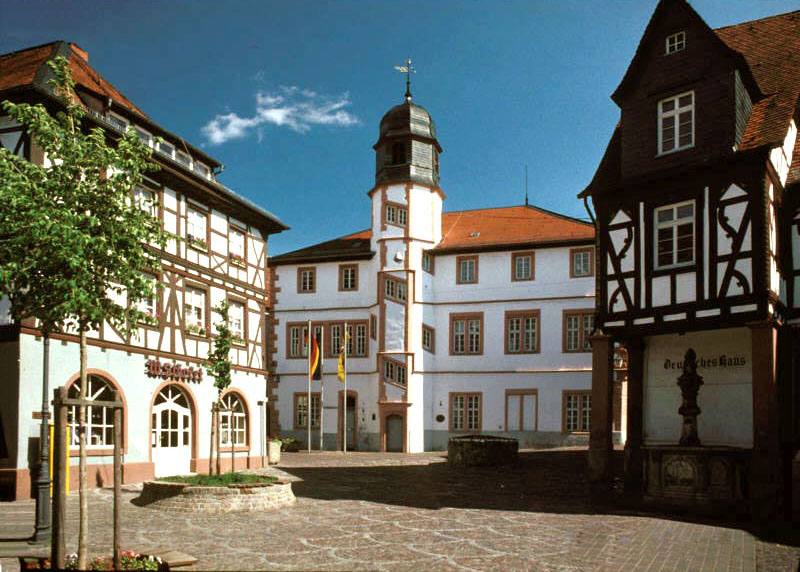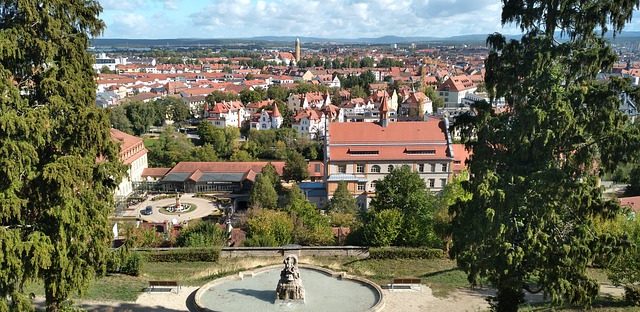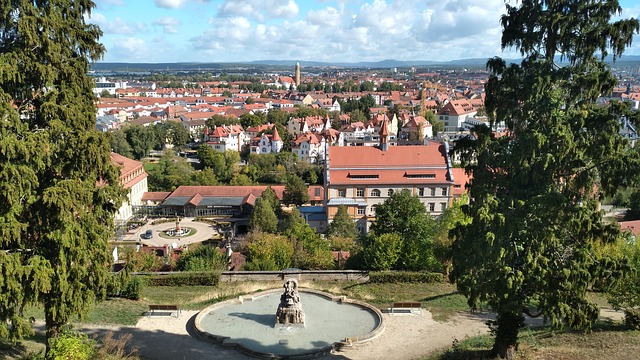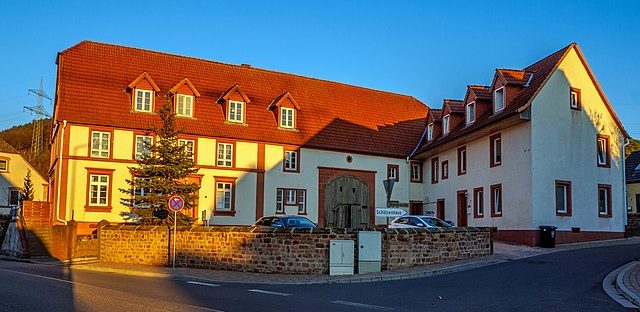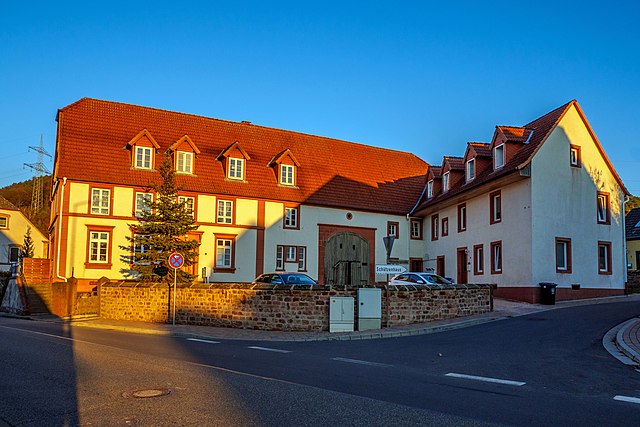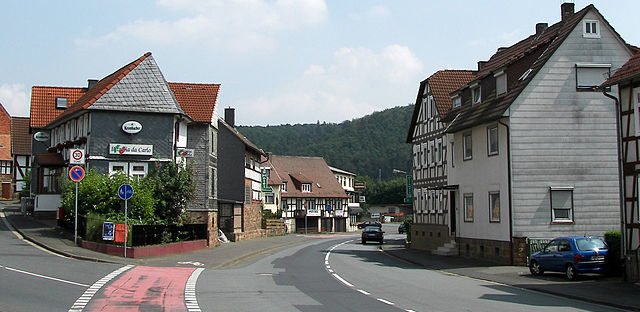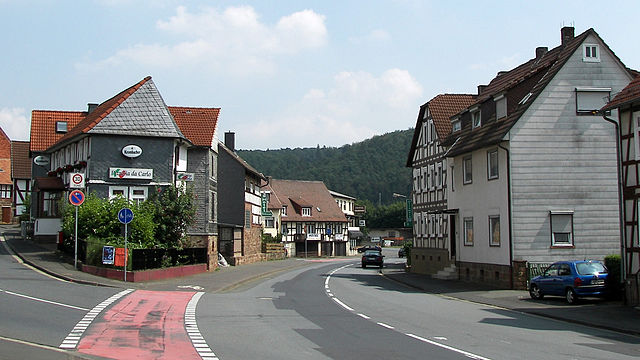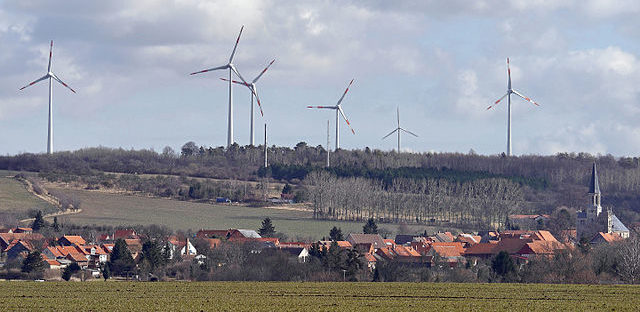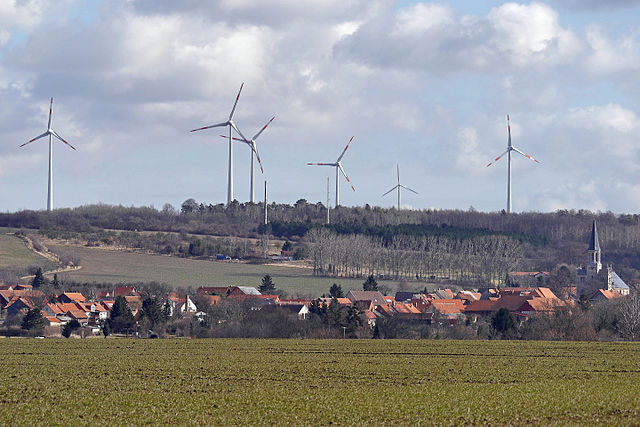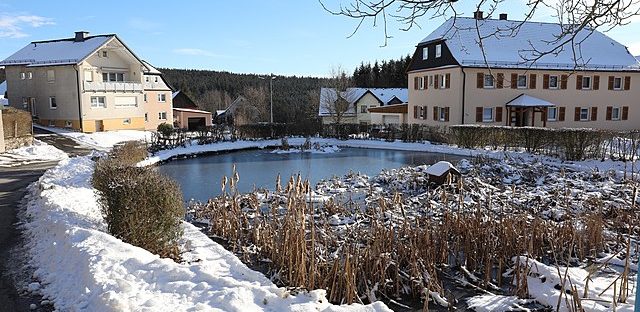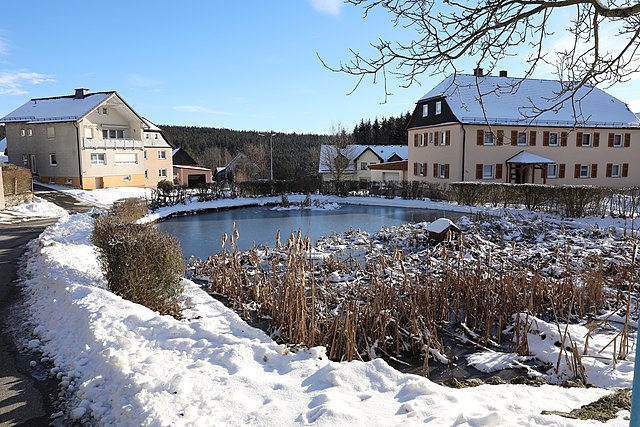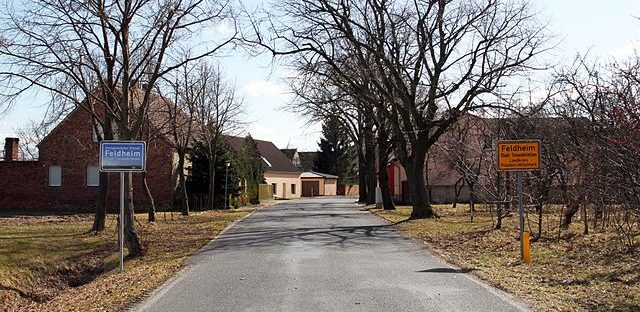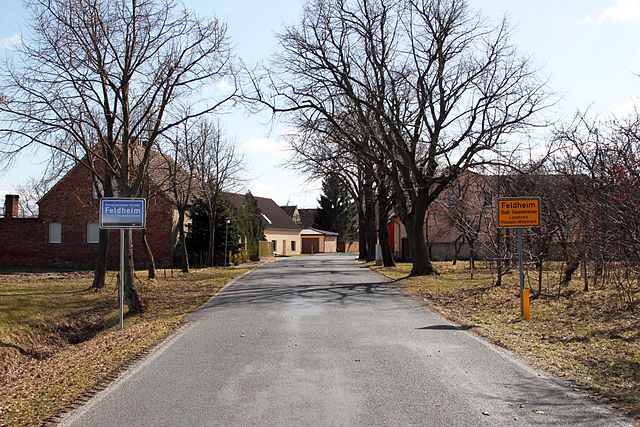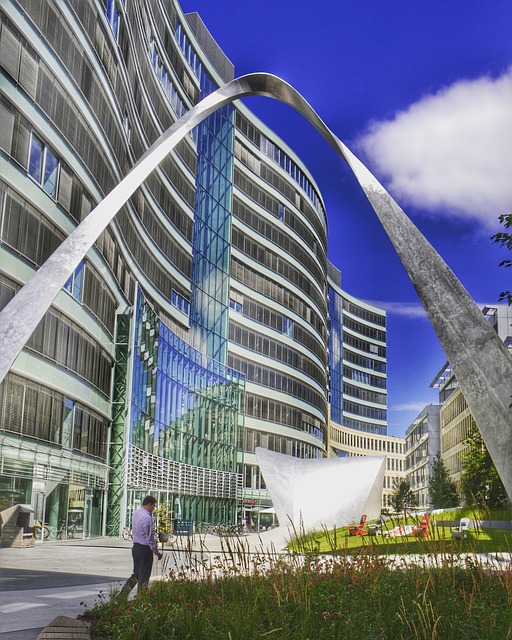- Target: 100% renewable electric supply by 2030, 100% renewable heating supply by 2050.
- Status: In progress
- RES: Solar photovoltaics, solar thermal, biogas technology and hydropower.
- Implementation: Alheim is a small town located in northern Hesse, Germany. Back in 1994, its municipal council enforced environmental impact guidelines which mandated that all construction projects must be subjected to an environmental impact assessment. Ten years later, the town extended these guidelines to include a long-term target to power Alheim entirely from renewable energy sources. The intermediate goals included raising the current share of 75% of electricity supply to 100% until 2030. Similarly, while only 15% of heat is covered by renewable energy today, the aim is to achieve 100% renewable heating by 2050. Today, out of 12.2 Mio kWh produced from renewable energy, solar photovoltaic produces 6.9 Mio kWh, solar thermal energy 1.1 Mio kWh, biogas technology 4,1 Mio kWh and hydro 4.294 kWh. Alheim has profited greatly from the policy framework advancing renewable energy as it has boosted the local economy and created jobs in the region. Heat generated in biogas plants have been used for heating in industrial buildings, thus strengthening the local industry. Meanwhile, solar panels do not only produce energy but also provide shelter for organically farmed chicken on the fields. Alheim’s streets are illuminated with energy-efficient LED lighting and strict ecological guidelines for construction and renovations have been in place since 1994. Indeed, the advancement of renewable energy is part of a broader strategy to promote a lifestyle that is compatible with social and ecological ideals. Ever since Alheim joined energy transition revolution, children have been taught about renewable energy in the local schools and kindergardens. Alheim council’s website features “Climate Protection To Go” including tips on energy-efficient driving and cooking. One of the decisive factors for Alheim’s policy on renewable energy has been the political leadership of Mayor Georg Lüdtke who came into office in 1996 and has been committed to the idea ever since. Currently, Alheim is deepening its cooperation with the neighboring regions Bebra and Rotenburg, acting as a role model and strengthening the alliance for the transformation towards decentralized energy supply.
- Population: 4,951 (2017)
- Area: 63.83 km2 (24.64 sq mi)
- Link: Projekt Energieautarke Siedlung
- German
